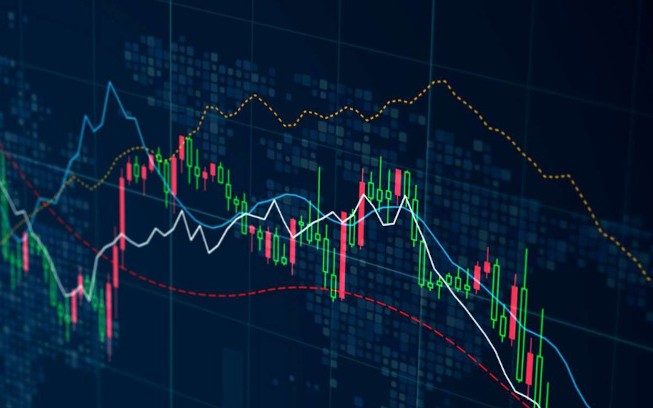The Ultimate Guide to Forex Trading Strategies and Tips for Beginners

The Ultimate Guide to Forex Trading: Strategies and Tips for Beginners
If you’re looking to dive into the world of forex trading, you’re in the right place. This tutorial will provide you with a comprehensive understanding of forex trading, the strategies you can implement, and where to find reliable resources, such as forex trading tutorial Uzbekistan Brokers. So, let’s get started!
Understanding Forex Trading
Forex trading, also known as foreign exchange trading, involves buying and selling currency pairs to make a profit. The forex market is one of the largest and most liquid financial markets in the world, with a daily trading volume exceeding $6 trillion. This market operates 24 hours a day, five days a week, allowing traders to participate at any time of the day.
How Forex Trading Works
When trading forex, you’re essentially exchanging one currency for another. Each currency pair consists of a base currency (the first currency in the pair) and a quote currency (the second currency in the pair). For example, in the currency pair EUR/USD, the Euro (EUR) is the base currency, and the US Dollar (USD) is the quote currency.
The price of a currency pair indicates how much of the quote currency is needed to purchase one unit of the base currency. For example, if the EUR/USD pair is quoted at 1.10, it means 1 Euro is equivalent to 1.10 US Dollars.
Key Concepts in Forex Trading
1. Pips and Lots
A pip (percentage in point) is the smallest price move that a given exchange rate can make based on market convention. Currencies are traded in lots, which are standardized quantities of the currency. A standard lot is 100,000 units of the base currency. There are also mini lots (10,000 units) and micro lots (1,000 units).

2. Leverage and Margin
Leverage allows you to control a larger position in the market with a smaller amount of capital. For instance, if a broker offers a leverage of 100:1, you can control $100,000 in the market with just $1,000 of your own money. However, while leverage can amplify profits, it can also increase losses, making it a double-edged sword.
Choosing a Forex Broker
Choosing the right forex broker is crucial for your trading journey. Here are some factors to consider:
- Regulation: Ensure the broker is regulated by a reputable authority.
- Trading Platform: The broker’s trading platform should be user-friendly and equipped with the necessary tools for analysis and execution.
- Spreads and Commissions: Look for competitive spreads and transparent commission structures.
- Customer Support: Reliable customer support can make a significant difference in your trading experience.
Trading Strategies
When it comes to forex trading strategies, there are several styles you can choose from:
1. Day Trading
Day trading involves executing trades throughout the day and closing all positions before the market closes. This strategy relies on short-term price movements.
2. Swing Trading
Swing traders hold positions for several days to capture price shifts within a broader trend. This strategy is ideal for those who cannot monitor the market continuously.

3. Scalping
Scalping is a high-frequency trading strategy that involves making numerous trades throughout the day to capture small price movements. Scalpers aim for small profits on each trade, relying on volume to make significant overall gains.
Technical Analysis and Charting
To make informed trading decisions, you need to analyze market data. Technical analysis involves using past price movements and volume data to predict future price movements. Here are some common tools:
- Charts: Line, candlestick, and bar charts display price dynamics over time.
- Indicators: Tools like moving averages, RSI, and MACD help identify trends and potential reversal points.
- Support and Resistance Levels: Key price levels where the market tends to reverse or consolidate.
Risk Management
Effective risk management is essential for long-term success in forex trading. Here are a few tips:
- Set Stop-Loss Orders: Always use stop-loss orders to minimize potential losses on a trade.
- Don’t Over-leverage: Use leverage wisely and avoid risking more than a small percentage of your trading capital on a single trade.
- Diversify Your Portfolio: Avoid putting all your capital into one trade or currency pair.
Conclusion
Forex trading can be a rewarding venture if approached with the right knowledge and mindset. By understanding the market dynamics, choosing the right broker, developing a sound trading strategy, and implementing effective risk management practices, you can enhance your chances of success. Remember, practice is key; consider starting with a demo account to hone your skills before trading with real money. Happy trading!

